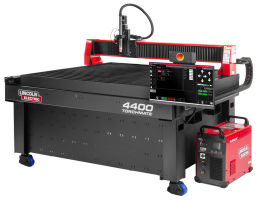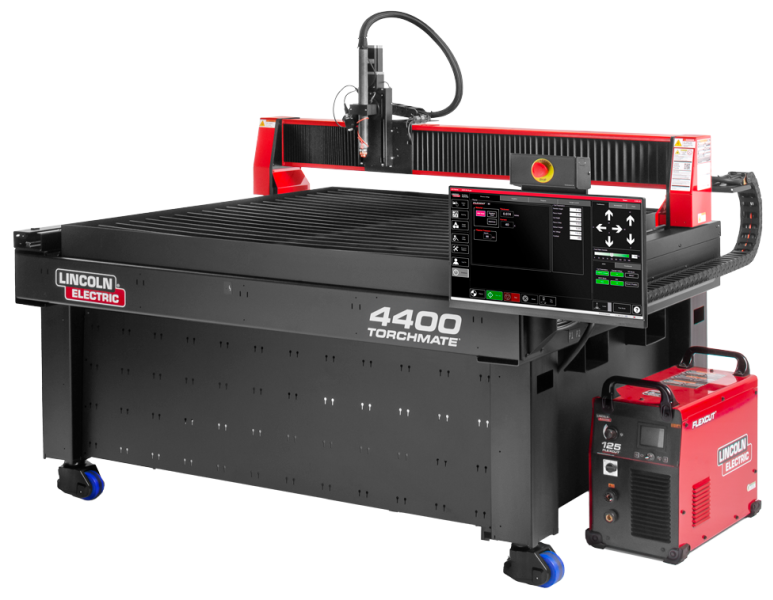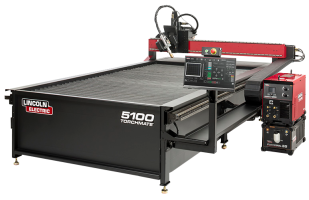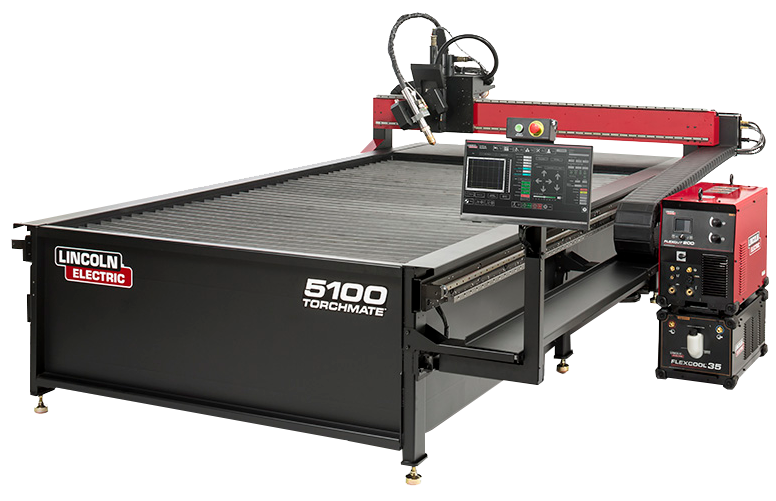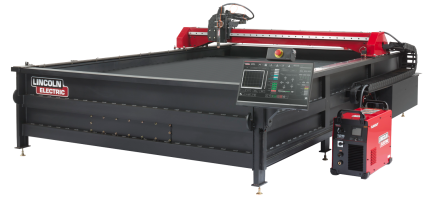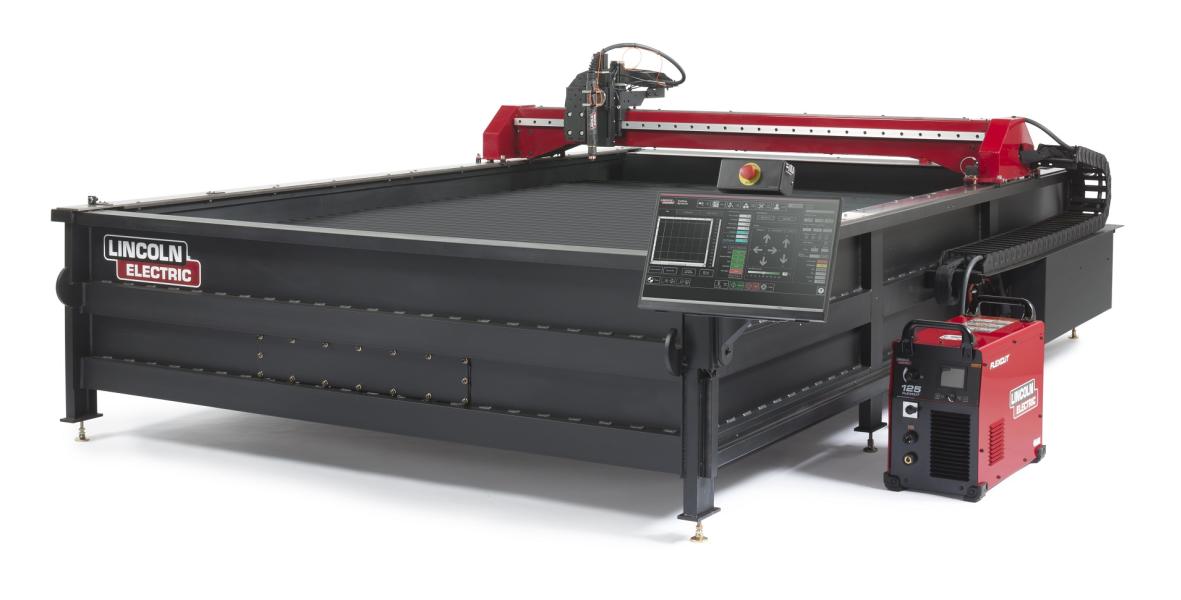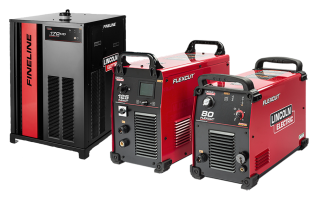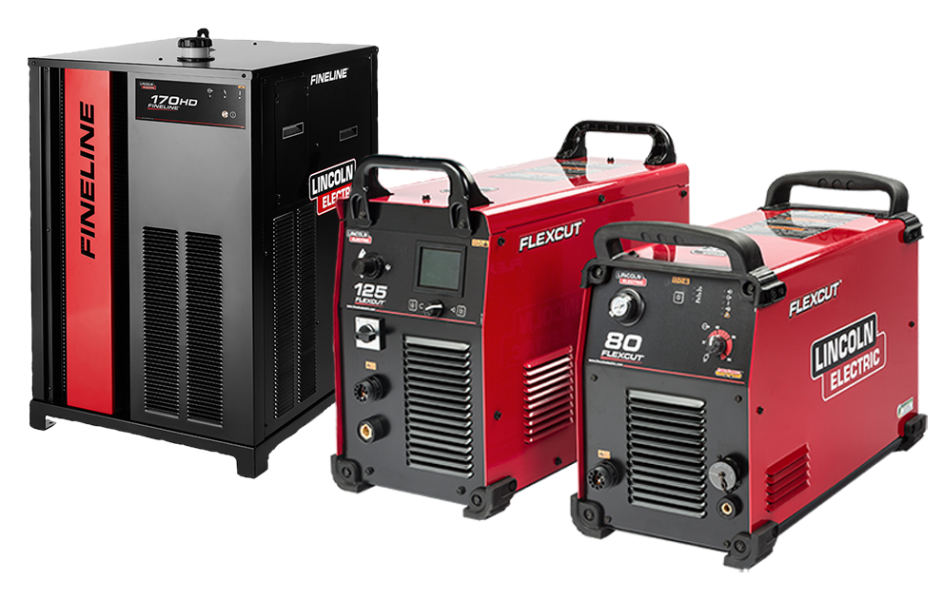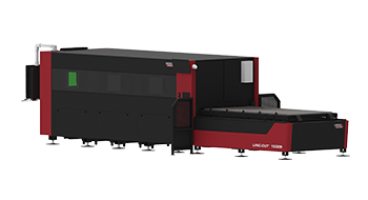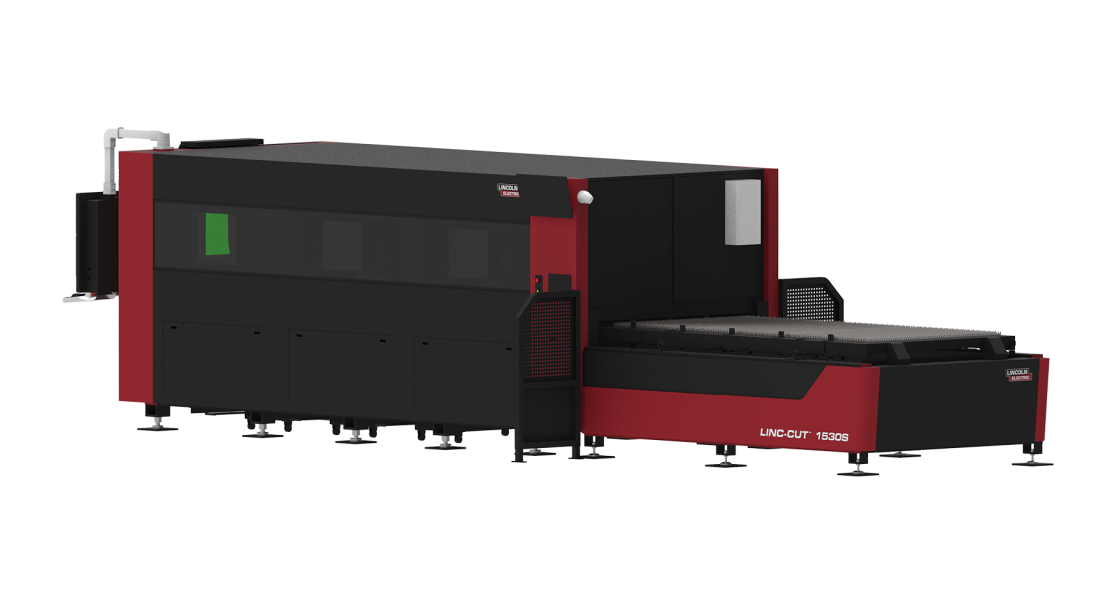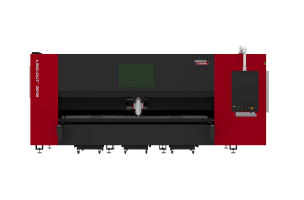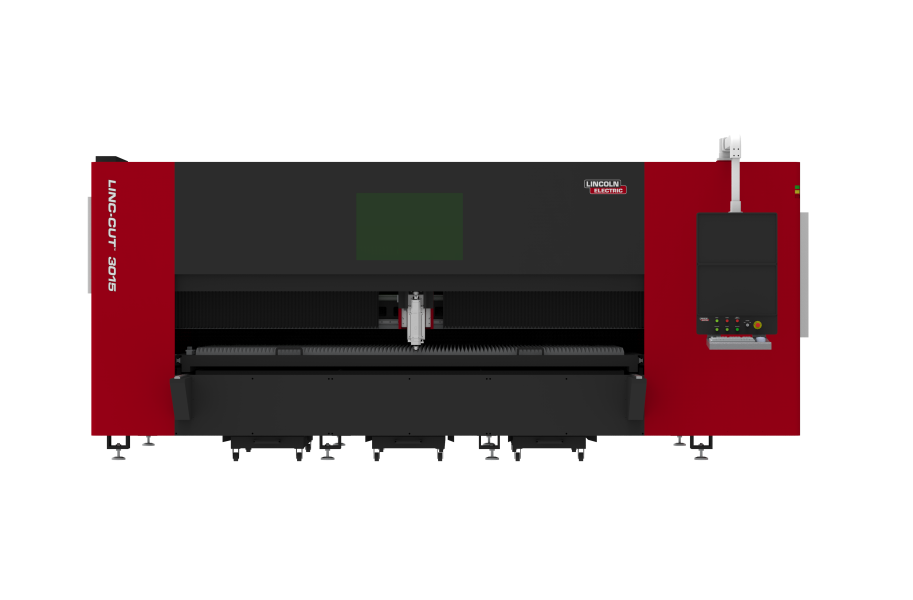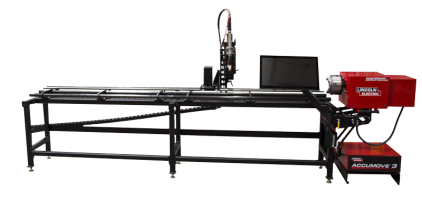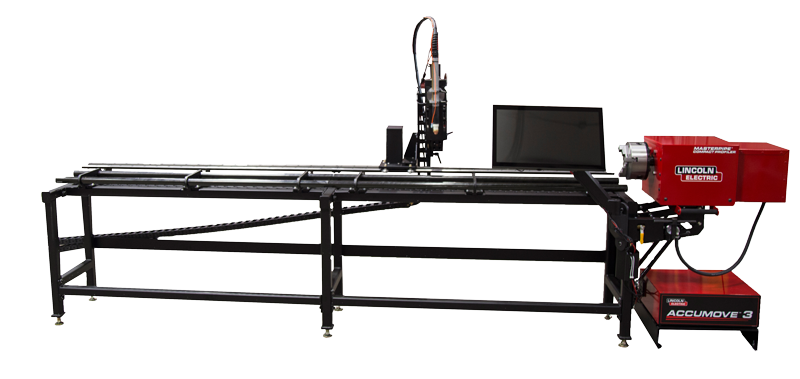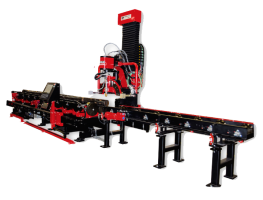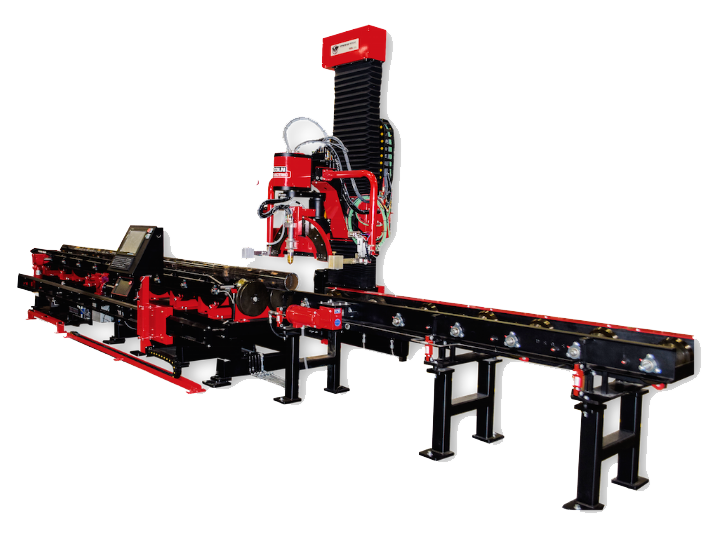Use these shortcuts and hot keys to quickly navigate and make changes to your file in Torchmate CAD.
Tool paths are the critical element in ensuring optimal cut quality. What type of tool path, lead in, and method all play a huge part in cutting. This guide answers the common questions about tool paths.
Torchmate CAD/CAM versions 7 and 8 can be used to create tool paths on objects created in other CAD programs. Once a part is created using the universal document format DXF these files can be brough into the Torchmate CAD/CAM.
Make path, break path, connect path. All three functions allow a Torchmate CAD/CAM versions 7 and 8 user to manipulate parts with holes or cutouts.
In Torchmate CAD/CAM versions 7 and 8 all objects are made of nodes. Being able to edit these nodes allows for any shape to be created.
The basic shape tools in Torchmate CAD/CAM versions 7 and 8 can be used to create many different parts through the manipulation of the shape specific tool bars for each shape.
Nesting is a feature in Torchmate CAD/CAM versions 7 and 8 that takes all of the parts drawn on a sheet to be arranged automatically to fit into the smallest space possible. This is ideal for maximizing material use. Please note nesting is not available in Torchmate CAD/CAM Lite.
Torchmate CAD/CAM versions 7 and 8 have the ability to take a bitmap or jpg image and convert that image into a vector format. This allows an image to be brought in, traced, editied, tool pathed, and cut. There are two tools in the scan tools menu Accuscan and Center Line scan both have their unique advantages. Please note Scan Tools are not available in Torchmate CAD/CAM Lite.
Text editing is critical to creating signs and other parts. This guide explains how to create text, edit the text, and incorporate it into other objects.
The array feature allows Torchmate CAD/CAM versions 7 and 8 users to duplicate objects in various patterns. Badges duplicates an object a set ammoung of time in a grid pattern with a set spacing.
The guide and alignment tools in Torchmate CAD/CAM versions 7 and 8 are an invaluable tool for creating parts.
Once a file is created in Torchmate CAD/CAM versions 7 and 8 it is exported to the Torchmate driver software to be cut.
Tool paths created in Torchmate CAD/CAM versions 7 and 8 define cut order, keft compensation, and lead ins and outs. All parts made in Torchmate CAD/CAM need a tool path created on them before the part is brought to the cutting software.
Basic shape drawing is the foundation for all Torchmate CAD/CAM skills. In Torchmate CAD/CAM versions 7 and 8 basic shape creation is down through the tool menu. The keys to creating a shape involve using the shape tools, resizing the shapes, positioning the shapes, and telling the CAD/CAM that all the shapes are one object.
Navigating the main screen of Torchmate CAD/CAM versions 7 and 8 is essential to being able to design objects. Zooming, panning, and selecting are used to move around the main CAD/CAM window. These skills are critical to understanding what is being drawn and also when troubleshooting a drawing.
Basic overview of the main screen and menus for Torchmate CAD/CAM versions 7 and 8.
Torchmate CAD/CAM has existed in many versions identifying which version allows the correct manuals to be downloaded.



